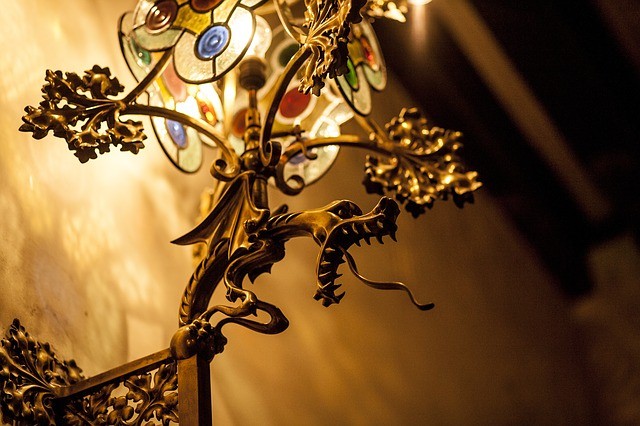Bronze Age took place over 5,000 years ago, but the metal bronze is still widely used for so many applications today. Bronze is still a material of choice for making statues and decorative features, but there is also a growing market for architectural bronzes, especially the bronze tube. It started back in the Middle Ages when bronze was commonly used for door and window frames. It may have gone out of fashion for a while, but architectural bronze has recently made a comeback.
Composition of Architectural Bronzes
In general, bronze tubes contain a mix of different metals with varying compositions. The secret to pieces used for architecture is the right composition of approximately 57% copper, 40% zinc, and around 3% of lead. This is the only type of bronze in the market that contains a high level of lead, which is why some people call architectural bronzes as “leaded brass”.
Compared to the other types of bronzes–statuary (97% copper) and commercial (90% copper) bronzes–architectural bronze has the least amount of copper. This also means that this type is more resistant to corrosion, has a polished “pink tin” that lasts longer, and is structurally stronger than the other types of bronze on the market.
What are the most common uses for bronze tubes?
Since bronze tubes are classified under architectural bronzes, they are expected to have many uses. Here are some of the most common:
- Bronze window frames
- Bronze screens
- Bronze secondary glazing
- Bronze trims and rails
- Door and window hinges and hardware
- Mail boxes
- Chutes
- Handles
- Etc.
Expect Changes in Color
Bronze sculptures are known for their dark and rustic color. This cannot be said about bronze pieces used in architecture. With less copper content, architectural bronze has a brighter color and will not be as sensitive to weathering. In due time, however, the color will also eventually change. This does not mean that the value and structural integrity of bronze is affected. In fact, as this type of bronze ages, the natural patina darkens and gives it a bolder, more memorable look.
For those who want to maintain the pink and shiny color of their bronze tube, this can also be maintained by regular care and sealing. This might not fully prevent wearing and color change, but it will significantly prolong the brightness and original color of the tubes.
Sources:
Bronze Characteristics and Uses, FarmersCopper.com
What Is Architectural Bronze, BronzeCasements.com


